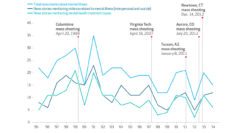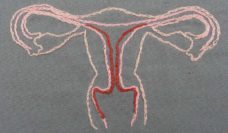The 2015 Sexually Transmitted Disease Surveillance Report released last October by the Center for Disease Control and Prevention revealed that STD rates continue to rise and, more pressingly, that particular populations are disproportionately burdened. Physicians, policymakers, and public health practitioners should recognize these disparities when deciding how, where, and with whom to most effectively target their efforts.
In honor of April’s claim to STD Awareness Month, Public Health Post highlights four key takeaways from the report:
1. Chlamydia – Rates of Reported Cases by Sex, United States, 2000-2015
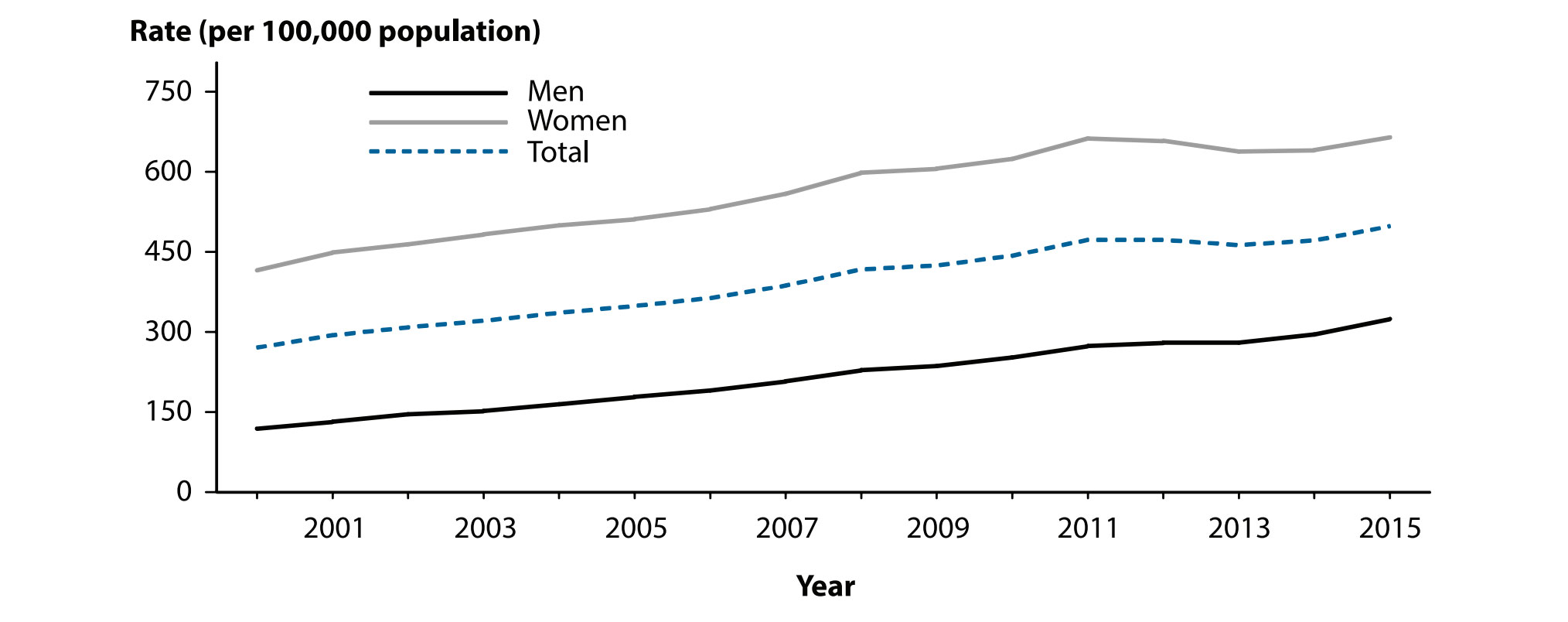
The rate of reported chlamydia cases for both males and females has steadily increased since 2000 . Women experience a disproportionately high rate of chlamydia, almost two times that of men. Authors of the report cite higher screening rates for women and lower rates of men receiving or reporting diagnoses of chlamydia as likely reasons for this disparity.
2. Primary and Secondary Syphilis – Reported Cases by Sex, Sexual Behavior, and Race/Ethnicity, United States, 2015
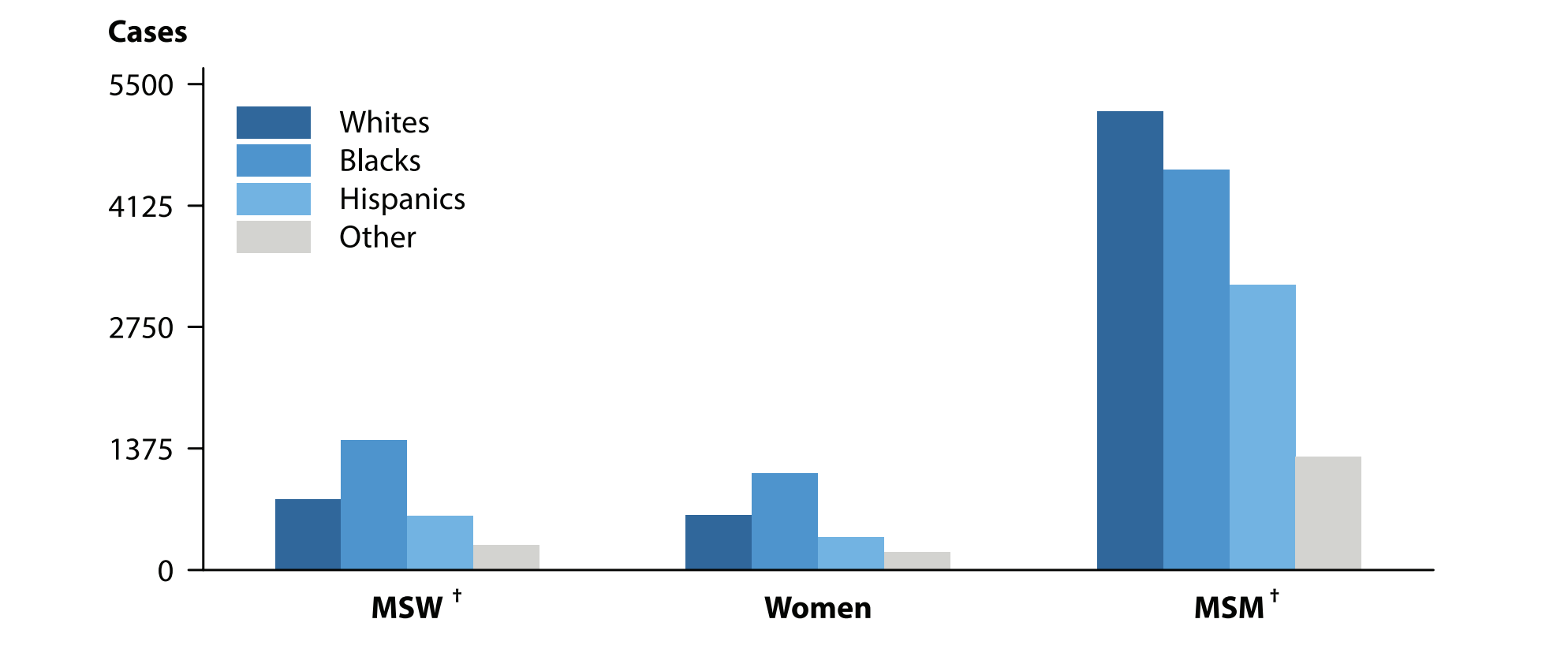
Gay, bisexual, and other men who have sex with men (MSM) have a higher risk of contracting an STD than do their female or strictly heterosexual male counterparts. Nearly half of MSM with primary and secondary syphilis were also HIV-positive. In total, “MSM accounted for 81.7% of all male primary & secondary syphilis cases with known information about sex of sex partners.”
3. Gonorrhea – Rates of Reported Cases by Age Group and Sex, United States, 2015
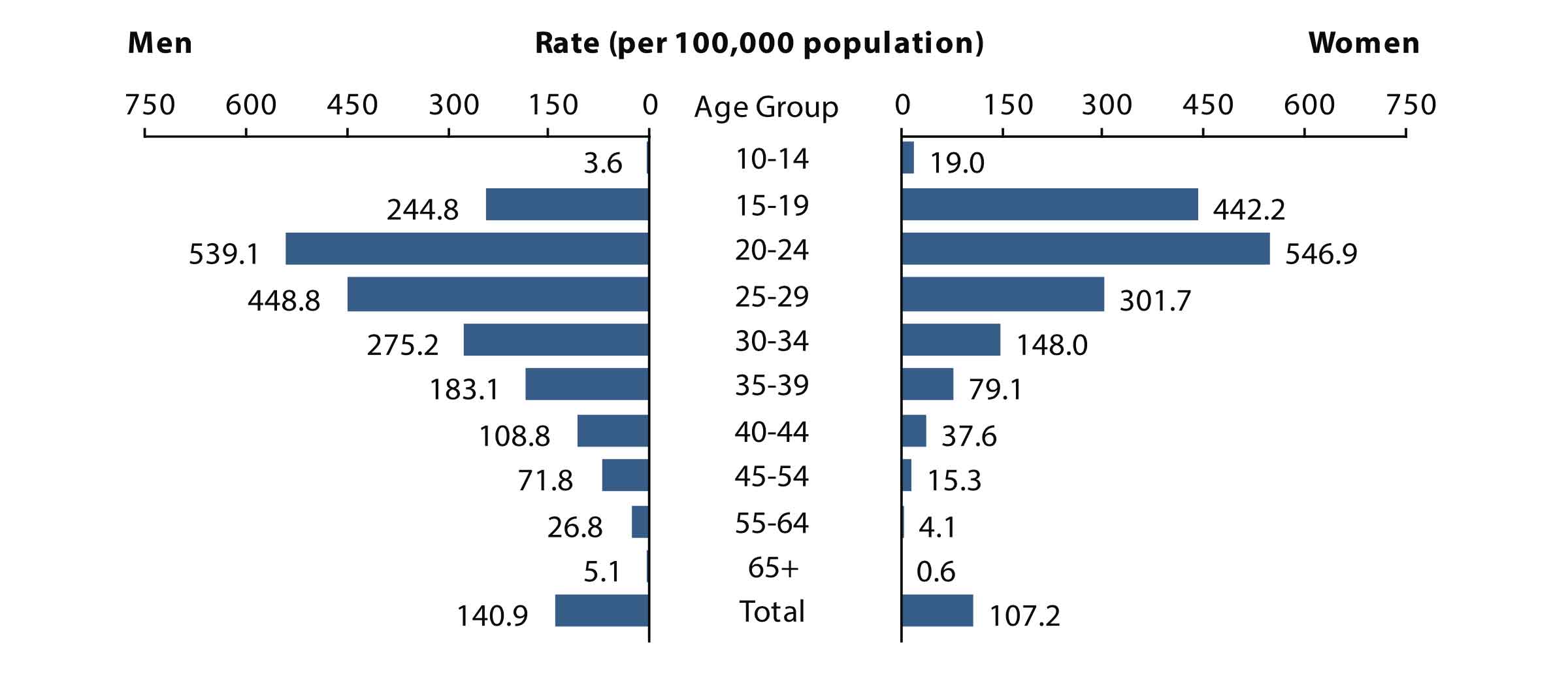
Reported gonorrhea cases in the 50 most populous metropolitan areas increased nearly 13% compared to 2014 for men and women in all age groups. Both the rate itself and the magnitude of increase in reported cases from 2014 to 2015 for males were higher than those of women. Researchers cite “either increased transmission” or increase in case ascertainment among MSM as likely culprits for the upsurge. In addition, cases reported by the 20- to 24-year-old age group were highest for both sexes, while the 15- to 19-year-old age group for women and the 25- to 29-year-old age group were second highest.
4. Gonorrhea (top map) & Chlamydia (bottom map) – Rates of Reported Cases by State, United States, and Outlying Areas, 2015
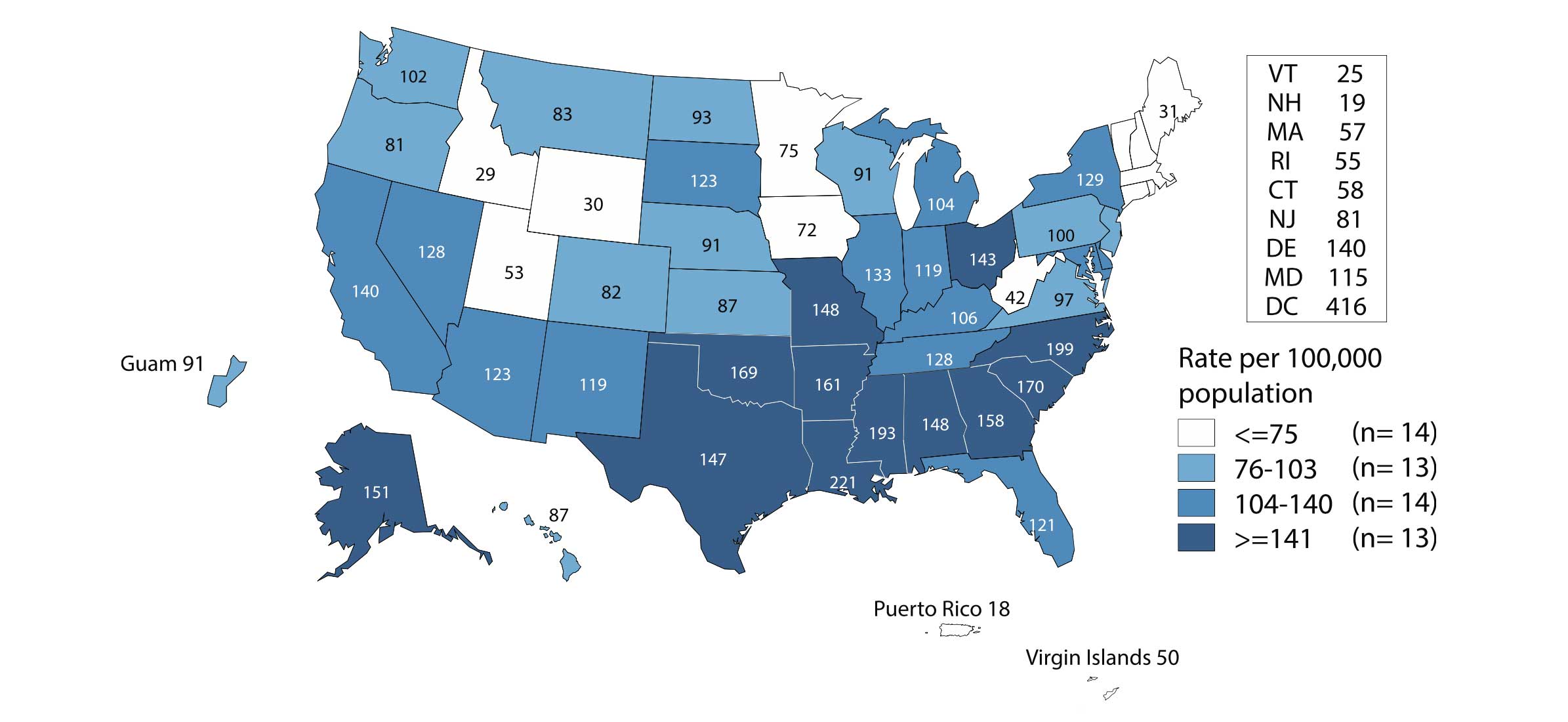
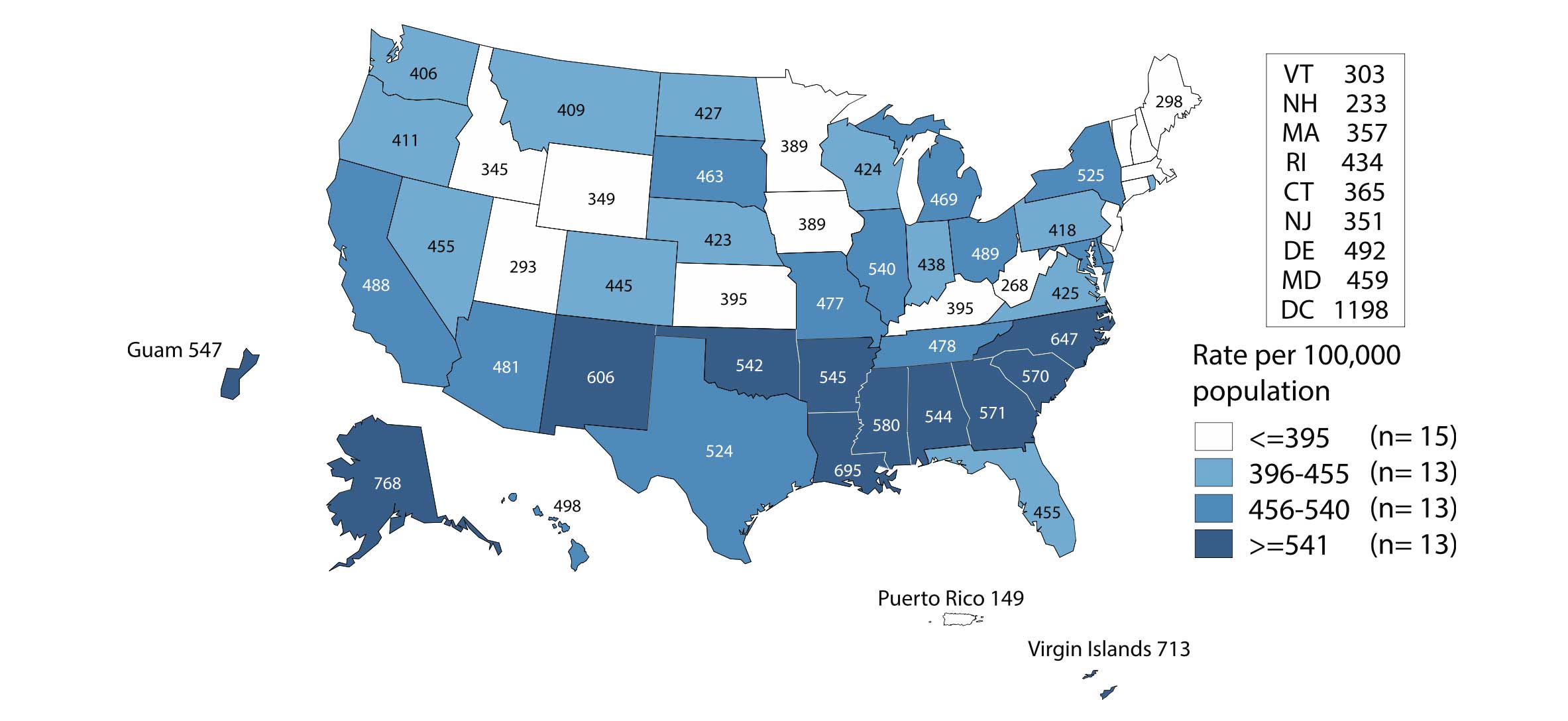
Southern states, plus Alaska, have disproportionately high rates of reported cases of both gonorrhea and chlamydia. Washington, DC shows consistently high rates and magnitudes of increases for both STIs. The Virgin Islands and Guam also report some of the highest rates of chlamydia per 100,000 people.
Photo via Mike Mantin, Surely it’s deliberate, used under CC BY 2.0/cropped from original











